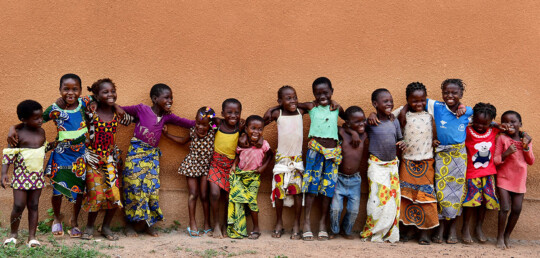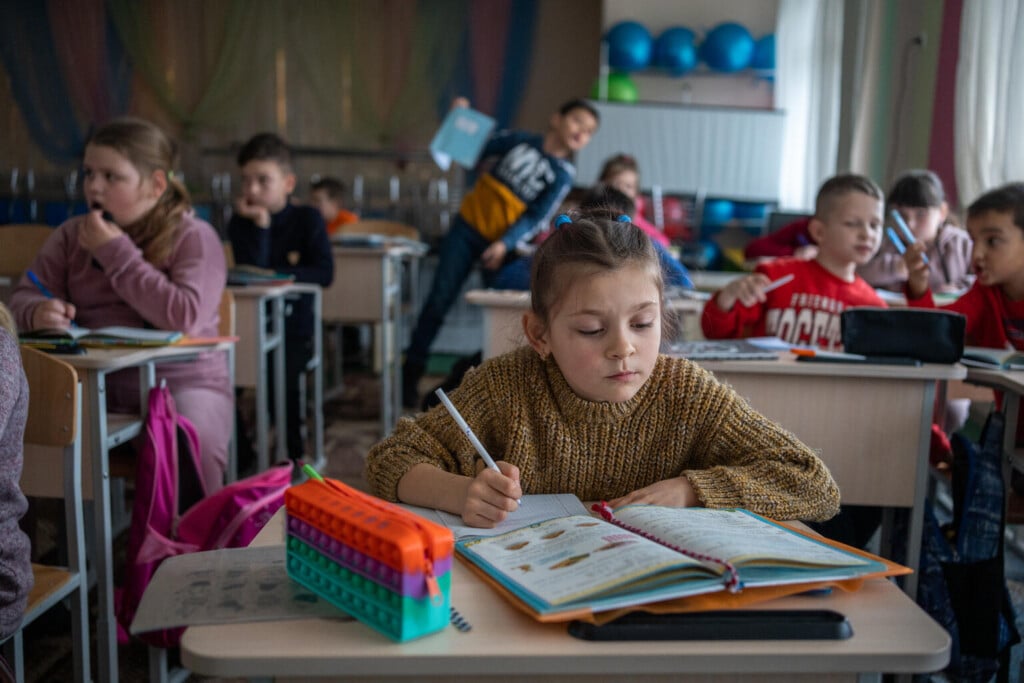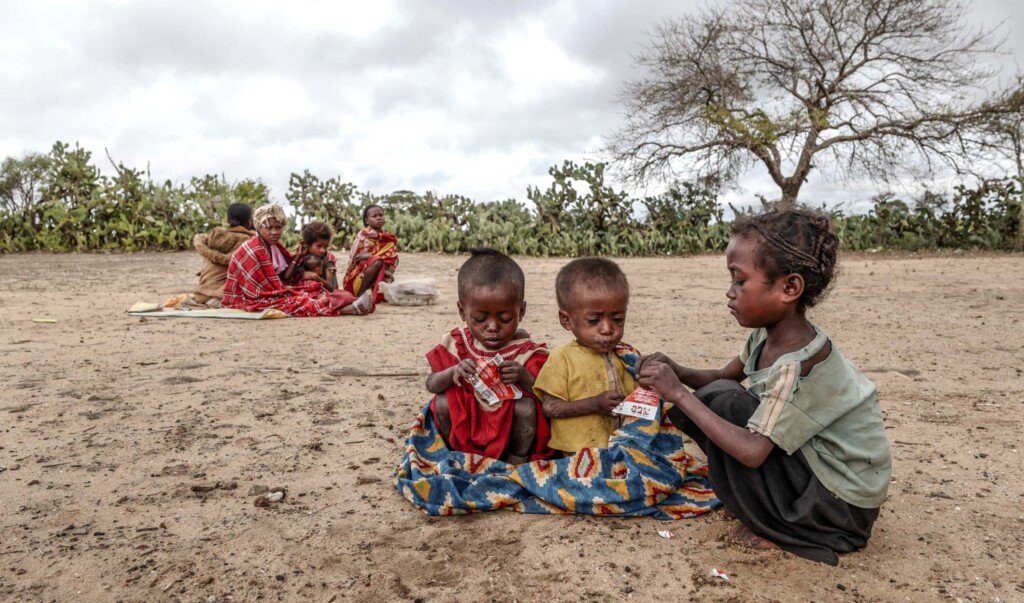Female Genital Mutilation: A global concern — 2024 update
A data-driven assessment of female genital mutilation (FGM) around the world, narrating through numbers the stories of millions of girls and women who have survived the practice and the millions more who remain at risk.
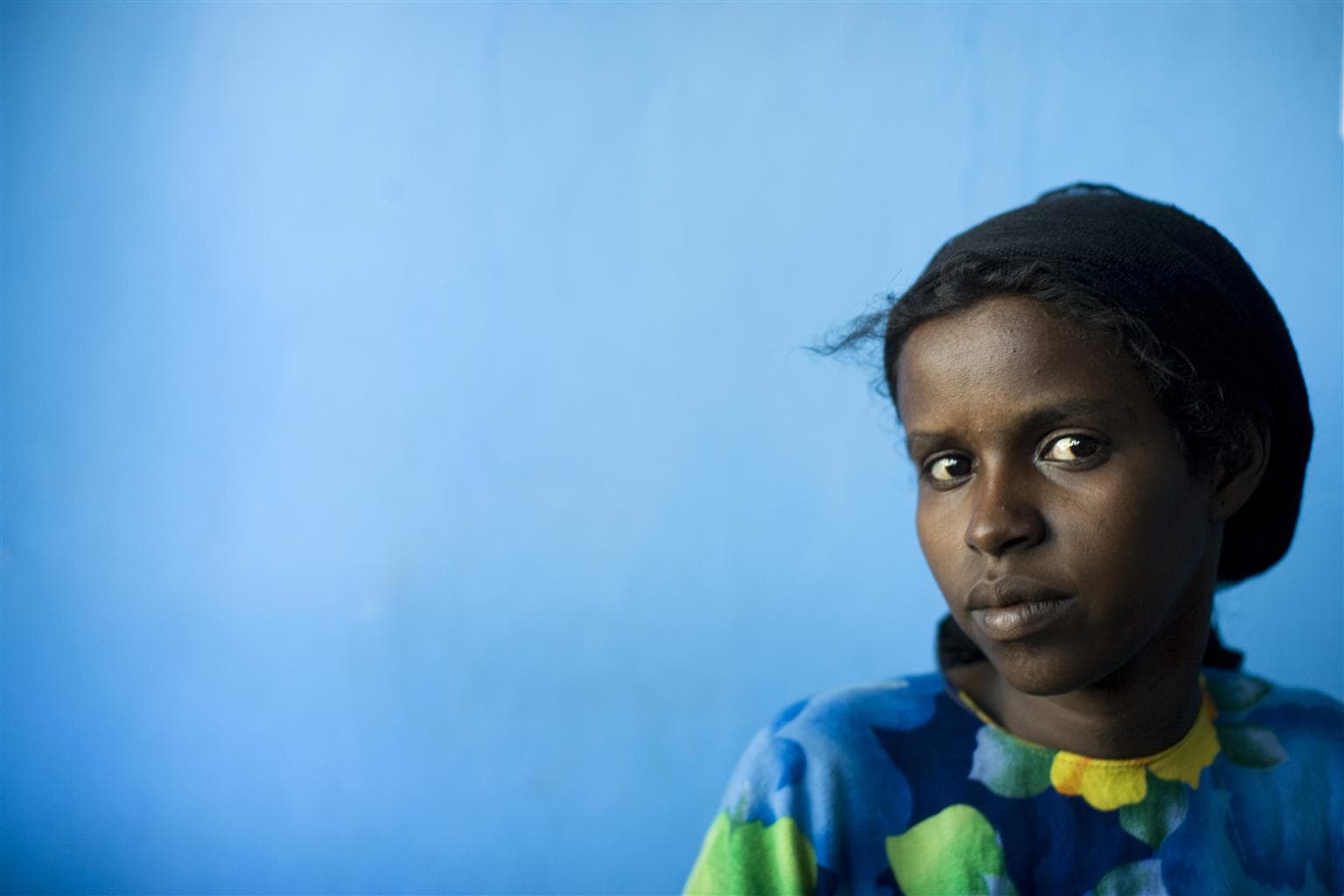
Levels and trends in child mortality 2023
This year’s United Nations Inter-agency Group for Child Mortality Estimation (UN IGME)’s findings represent a noteworthy moment in the ongoing campaign to end all preventable child deaths: The annual number of under-five deaths has fallen to 4.9 (4.6–5.4) million in 2022. The report reveals that more children are surviving today than ever before, with the global under-5 mortality rate declining by 51 per cent since 2000. And several low- and lower-middle-income countries have outpaced this decline.

UNICEF’s Frontier Data Network: Harnessing the Power of Data for Children
We stand at the cusp of a data revolution that holds untold potential for social and humanitarian impact. Frontier data technologies are reshaping our world and the way we make decisions. By harnessing these technologies, we can create a better future for children everywhere. UNICEF’s Frontier Data Network is a strategic initiative designed to promote innovation and capacity building in data science, helping us make data-driven decisions that truly benefit children.
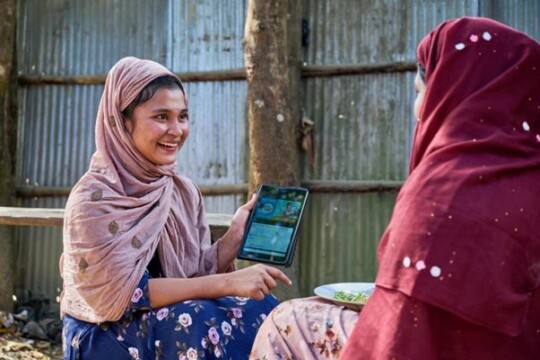
Adolescent Data Portal
Global, regional and country-level data on key indicators of adolescent well-being, together with information on the socioeconomic contexts in which adolescents live.
Latest statistics
Progress on Children’s Well-being: Centring child rights in the 2030 Agenda
UNICEF examined available data on the 48 child-related Sustainable Development Goal (SDG) indicators which the agency regularly monitors. Organized around five domains of child well-being. These indicators capture the breadth of children’s lived experiences. When viewed together – rather than as individual sectors – they provide a rich, nuanced picture of children’s lives that tell us which children are thriving and which children are being left behind.
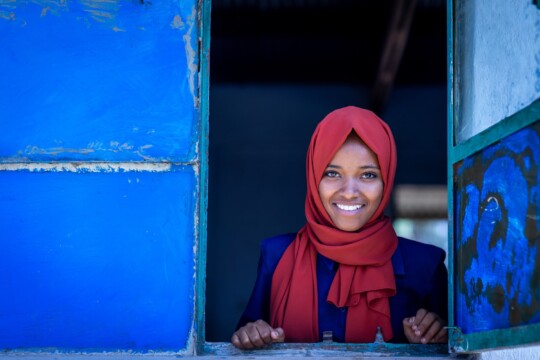
Progress on Children’s Well-being: Country Briefs
These country briefs leverage UNICEF’s extensive analysis of 48 child-related Sustainable Development Goal (SDG) indicators. A benchmarking exercise compares countries against global standards, income groupings, and geographical areas, offering a systematic framework to monitor and compare progress across various child-related SDG indicators. Current country performance is assessed and the necessary rate of to achieve 2030 targets is calculated.
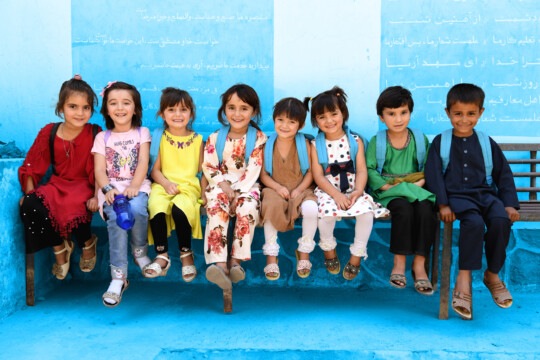
9 Facts about Children on the Move
How many children are on the move today? What are their countries of origin, countries of destination and their primary migration routes? How many of them have been forcibly displaced? This brochure – a product of the International Data Alliance for Children on the MOVE (IDAC) – answers these questions and more. Using the latest available data, it shares a critical set of data visualizations, succinct analyses and top-line messages about migrant and displaced children today.

International Classification of Violence against Children (ICVAC)
ICVAC includes operational definitions of all forms of violence against children and covers interpersonal and collective violence, both in times of peace and during internal or international armed conflict. The classification will provide countries with a tool to capture and categorize incidents of violence and consequently assess the extent to which their national definitions and data collection efforts comply with internationally-agreed standards.
